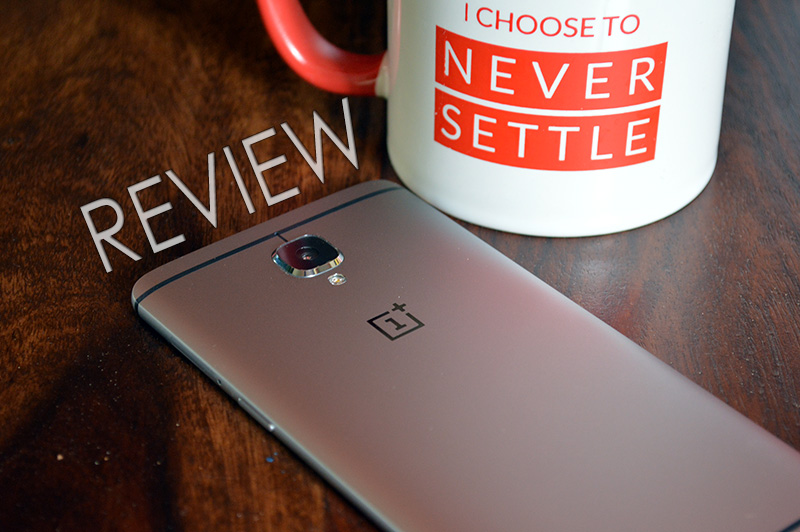
The killer is back again but can it get third time lucky? We are talking about OnePlus, the original flagship killer who has unleashed a suave killing machine, the OnePlus 3. To make things better, this time you don’t need those silly invitations to own one. OnePlus is an unique company to come from China, barring the not-so-great experiment with OnePlus X, the company makes only one device per year and manages to create a big halo around it. To their credit, they do manage to deliver big punch with their device, hence the moniker ‘flagship killer’ truly deserves them. Come 2016, we have the OnePlus 3 and I been using it as my primary phone for last few weeks and here is what I feel about the most polished killer I have ever encountered at almost half the price compared to other big flagship devices. That gives you a hint on what is to follow right? Go ahead.
Design and Build Quality
-
Anodized aluminum body
- 152.7 x 74.7 x 7.35 mm 7.3 mm
- 158 grams
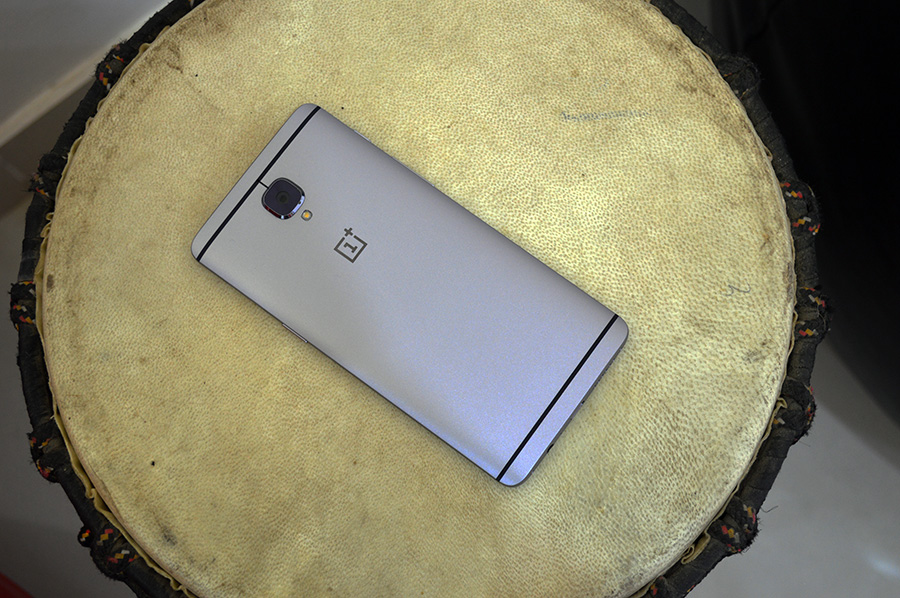 The workmanship that has gone into the device is self-evident. The rear is slightly curved towards the edges. The left side has the alert slider and volume rocker. The tiny pattern on the alert slider, a physical switch to cycle between sounds profiles, gives the required friction to nudge the slider into different positions and also is a pointer to the minute detailing that has gone into this device.
The workmanship that has gone into the device is self-evident. The rear is slightly curved towards the edges. The left side has the alert slider and volume rocker. The tiny pattern on the alert slider, a physical switch to cycle between sounds profiles, gives the required friction to nudge the slider into different positions and also is a pointer to the minute detailing that has gone into this device.
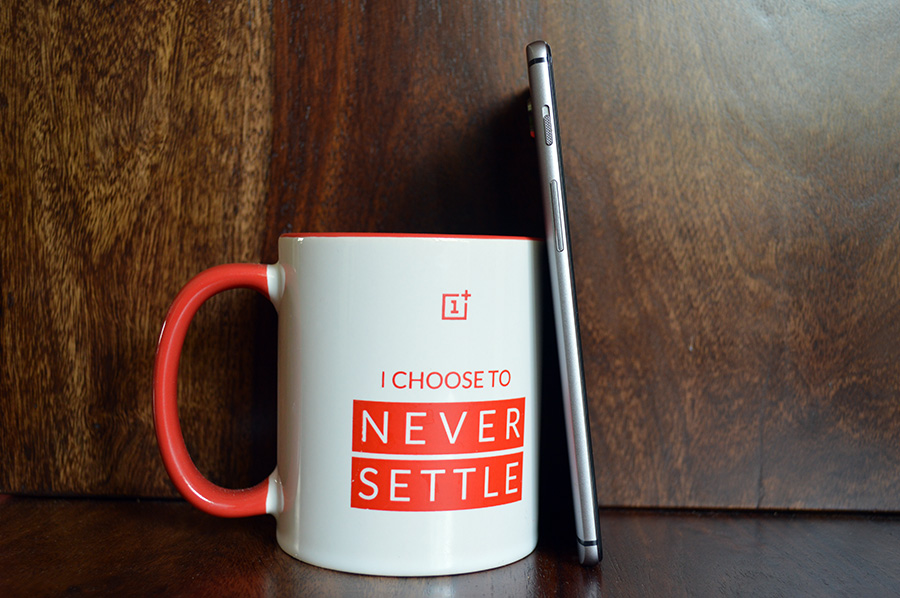 The design is not without fault and the culprit is the protruding camera module, which OnePlus had successfully avoided in their previous iterations but strangely exposed it here. Of course, they would want us to buy their super slim back covers that comes in really cool few different wood finishes, a carbon-fiber look and even the classic OnePlus Sandstone finish. Some might like them but I belong to the group who decry covering a good looking device with anything else however attractive the extra clothing might be.
The design is not without fault and the culprit is the protruding camera module, which OnePlus had successfully avoided in their previous iterations but strangely exposed it here. Of course, they would want us to buy their super slim back covers that comes in really cool few different wood finishes, a carbon-fiber look and even the classic OnePlus Sandstone finish. Some might like them but I belong to the group who decry covering a good looking device with anything else however attractive the extra clothing might be.
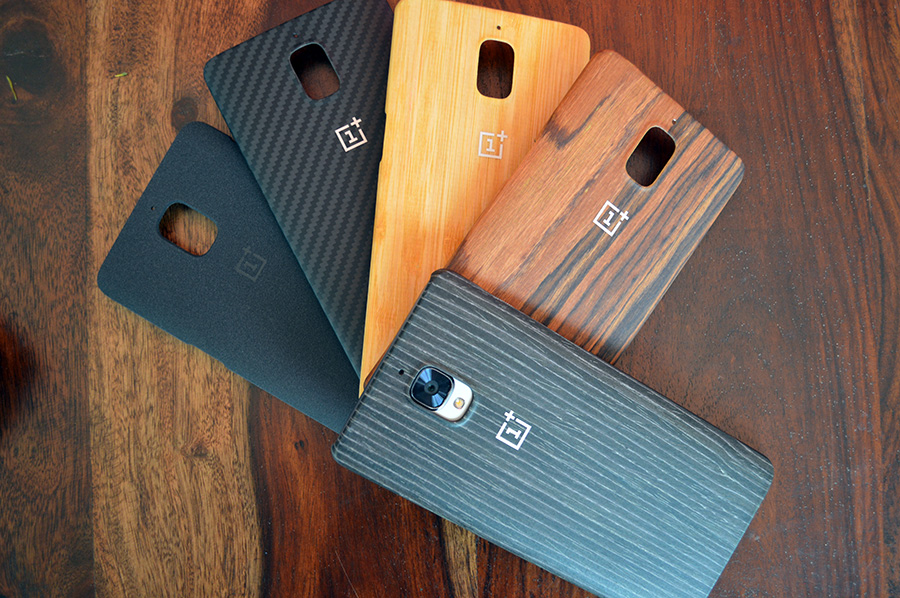 The bottom is a busy place. It houses the speaker grille, the USB Type-C, primary microphone, the audio jack and two screws. With everything stacked up here, needless to say it’s top smooth.
The bottom is a busy place. It houses the speaker grille, the USB Type-C, primary microphone, the audio jack and two screws. With everything stacked up here, needless to say it’s top smooth.
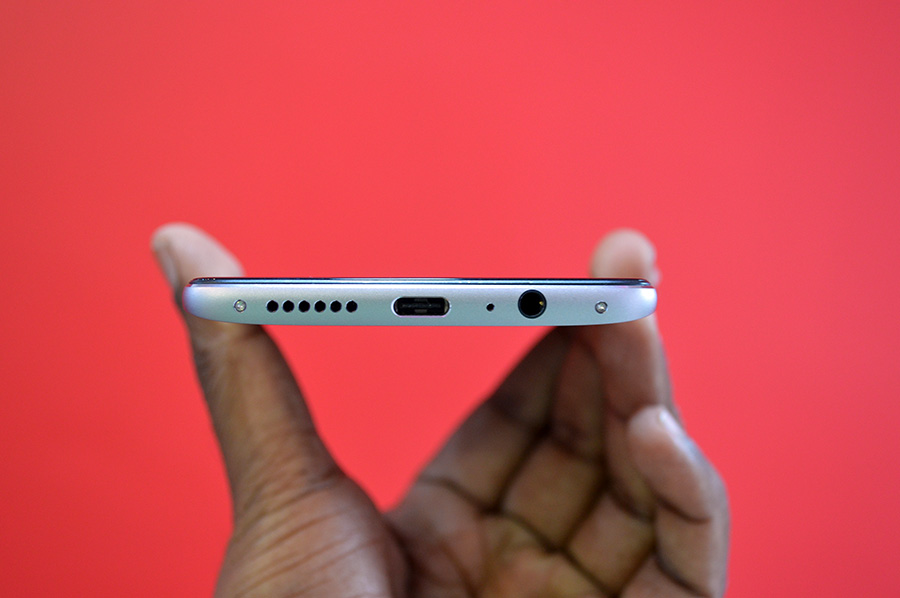 The SIM tray at the left side supports dual-nano SIM and there is no provision for microSD card but with 64GB on-board as the standard storage, no complaints. The capacitive home button at the front also doubles as the finger print sensor, flanking is two dots that glow and works as the back and recent apps buttons. The settings menu also gives option for on-screen navigation bar and the position of back and recent apps buttons can be interchanged.
The SIM tray at the left side supports dual-nano SIM and there is no provision for microSD card but with 64GB on-board as the standard storage, no complaints. The capacitive home button at the front also doubles as the finger print sensor, flanking is two dots that glow and works as the back and recent apps buttons. The settings menu also gives option for on-screen navigation bar and the position of back and recent apps buttons can be interchanged.
Display
- 5.5-inch
- Optic AMOLED display
- 1920 x 1080 resolution
- 401 ppi
- Corning Gorilla Glass 4
- 73.1% screen-to-body ratio
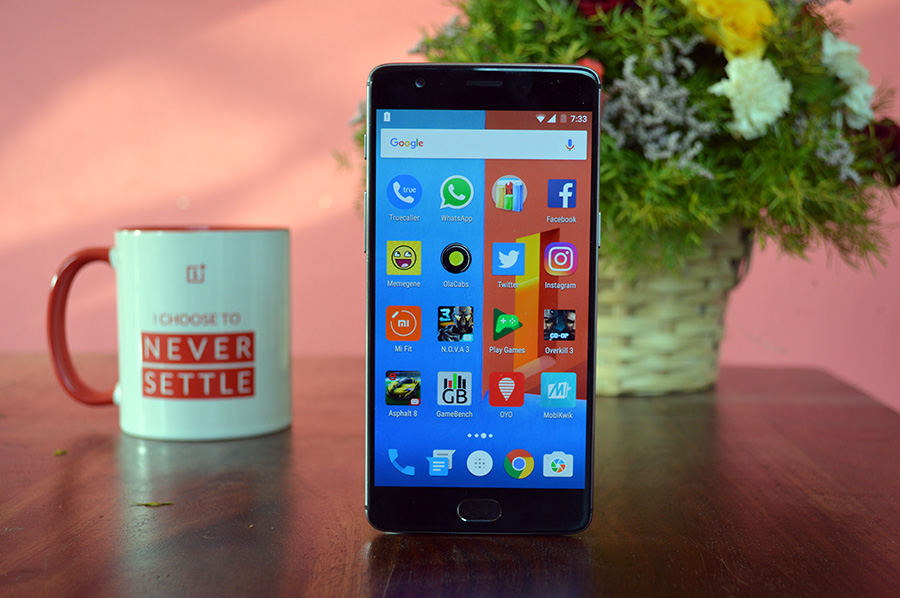 The first two OnePlus devices used LCD displays, for OnePlus X, they opted for OLED and Optic AMOLED is the choice for the OnePlus 3. While most flagships these days prefer 2K resolution, the 3 sticks faithfully to 1,920 x 1,080 pixels, resulting in pixel density of 401ppi. It’s a wiser choice, since it also helps in the battery life, which we will talk about later.
The display has a good black level and the contrast is good. The sharpness is excellent and the images crisp and the viewing angles and sunlight legibility are great. If you are someone who prefer natural display, the colors are bit over-saturated, but most people do prefer it that way.
The display settings offers a slider to tweak the color balance. There is a night mode, which is more of a reading mode turning off the blue filter. The adaptive brightness works good in various ambient conditions. A toggle for ambient display can be turned on if you want the screen to wake up upon receiving notifications.
The first two OnePlus devices used LCD displays, for OnePlus X, they opted for OLED and Optic AMOLED is the choice for the OnePlus 3. While most flagships these days prefer 2K resolution, the 3 sticks faithfully to 1,920 x 1,080 pixels, resulting in pixel density of 401ppi. It’s a wiser choice, since it also helps in the battery life, which we will talk about later.
The display has a good black level and the contrast is good. The sharpness is excellent and the images crisp and the viewing angles and sunlight legibility are great. If you are someone who prefer natural display, the colors are bit over-saturated, but most people do prefer it that way.
The display settings offers a slider to tweak the color balance. There is a night mode, which is more of a reading mode turning off the blue filter. The adaptive brightness works good in various ambient conditions. A toggle for ambient display can be turned on if you want the screen to wake up upon receiving notifications.
Software and UI
- Android 6.0.1 Marshmallow
- OxygenUI
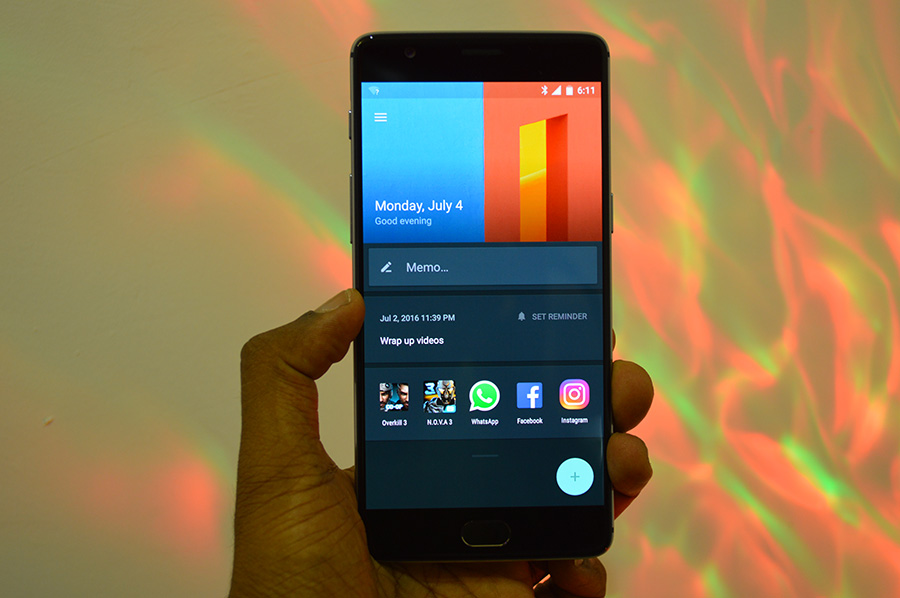 The immediate notable feature upon using the device the first time is the shelf area, accessed by swiping to the right on the home screen. As the name suggests, you can put your memos , reminders, see five most used apps and also can park frequent contacts or widgets for easy access. It can come handy if used properly or you can long press the home screen, go to customize option and disable it. The UI offers gesture options like double tap to wake, open camera or flashlight by drawing on the screen etc.
Another key addition include the “Dark” mode, which turns the apps page and Settings menu black rather than white. Then, there are the Marshmallow features like Memory usage information, doze etc.
Oxygen UI does a good work at retaining the soul of pure android and giving few extra options to explore in the settings. Unlike Cyanogen or MIUI, the Oxygen UI is restrained and plays around a bit on the stock android.
The immediate notable feature upon using the device the first time is the shelf area, accessed by swiping to the right on the home screen. As the name suggests, you can put your memos , reminders, see five most used apps and also can park frequent contacts or widgets for easy access. It can come handy if used properly or you can long press the home screen, go to customize option and disable it. The UI offers gesture options like double tap to wake, open camera or flashlight by drawing on the screen etc.
Another key addition include the “Dark” mode, which turns the apps page and Settings menu black rather than white. Then, there are the Marshmallow features like Memory usage information, doze etc.
Oxygen UI does a good work at retaining the soul of pure android and giving few extra options to explore in the settings. Unlike Cyanogen or MIUI, the Oxygen UI is restrained and plays around a bit on the stock android.
Performance
- Qualcomm MSM8996 Snapdragon 820
- Dual-core 2.15 GHz Kryo & dual-core 1.6 GHz Kryo
- Adreno 530
- 6GB RAM
- 64GB ROM
- Wi-Fi 802.11 a/b/g/n/ac, Wi-Fi Direct, DLNA, hotspot
- Bluetooth 4.0
- NFC
- accelerometer, gyro, proximity, compass, barometer
Battery
- Non-removable Li-Ion 3000 mAh battery
- USB Type-C port
- Dash charging
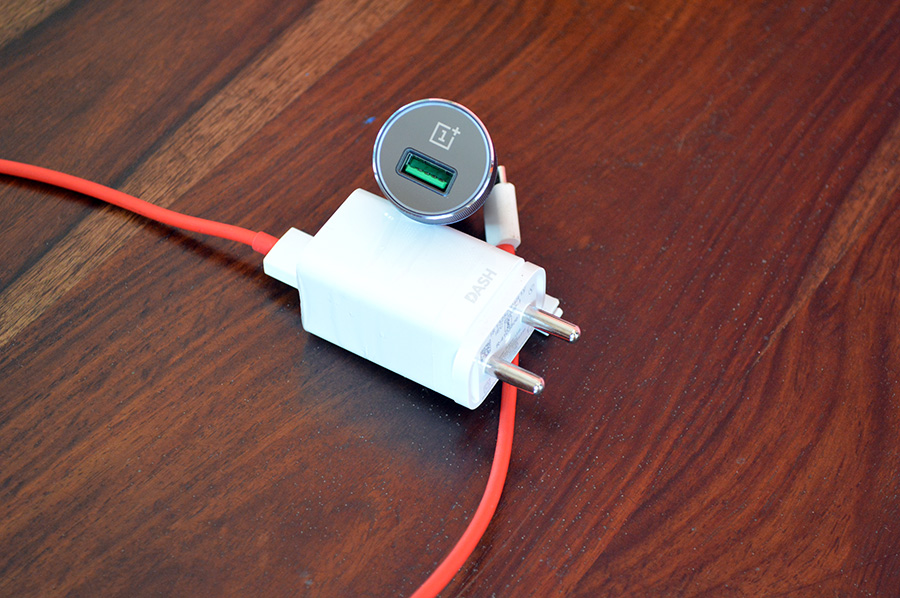 Fast charging is indispensable these days, for all the talks of power banks most of us don’t carry it along every day, so a little charge that can keep keep you talking more is welcome any day. The dash charging in OnePlus is smashing fast. A mere 5 minutes charge can give a 10% charge from zero and you can hit the half way mark of the 3000mAh battery in flat 24 minutes. Of course, you need to charge the phone with the proprietory dash charger they provide out of the box and you can also buy a dash charger for car when you are on the wheels and need a quick refueling for your phone.
OnePlus has also insinuated the device from getting heated up while charging by moving the the power management system and heat dispersion elements to the dash charge adapter.
The initial days when I started using the OnePlus 3, the battery life was damn good. It stood solidly well but then later it started acting a bit erratic at times draining out faster. I am yet to figure out if there is any pattern to it but overall the battery life is decent.
Fast charging is indispensable these days, for all the talks of power banks most of us don’t carry it along every day, so a little charge that can keep keep you talking more is welcome any day. The dash charging in OnePlus is smashing fast. A mere 5 minutes charge can give a 10% charge from zero and you can hit the half way mark of the 3000mAh battery in flat 24 minutes. Of course, you need to charge the phone with the proprietory dash charger they provide out of the box and you can also buy a dash charger for car when you are on the wheels and need a quick refueling for your phone.
OnePlus has also insinuated the device from getting heated up while charging by moving the the power management system and heat dispersion elements to the dash charge adapter.
The initial days when I started using the OnePlus 3, the battery life was damn good. It stood solidly well but then later it started acting a bit erratic at times draining out faster. I am yet to figure out if there is any pattern to it but overall the battery life is decent.
Camera
- 16MP rear camera
- f/2.0 aperture
- Phase detection auto focus
- OIS, EIS
- Sony IMX298 sensor
- 1/2.8″ sensor size, 1.12 µm pixel size
- up to 4K recording
- 8 MP front camera
- Sony IMX179 sensor
- ,f/2.0
- 1/3.2″ sensor size, 1.4 µm pixel size
- 1080p recording
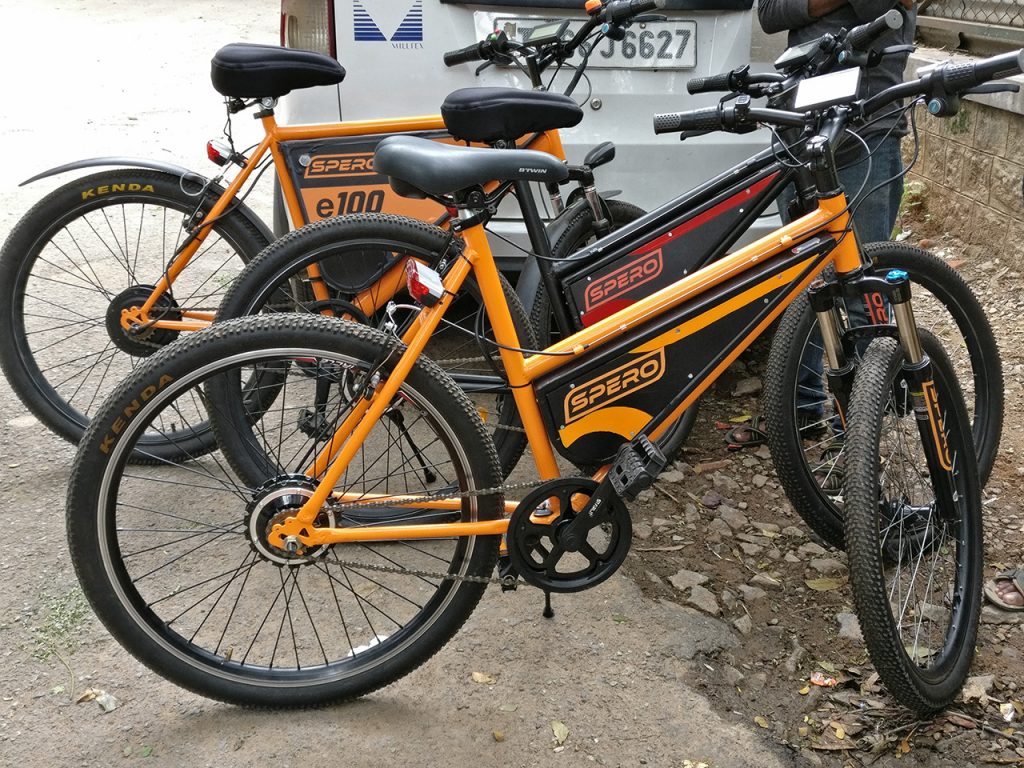 Photos are, on the whole, very impressive. Below is one of my favorite image taken on a windy day and managing a quick click.
Photos are, on the whole, very impressive. Below is one of my favorite image taken on a windy day and managing a quick click.
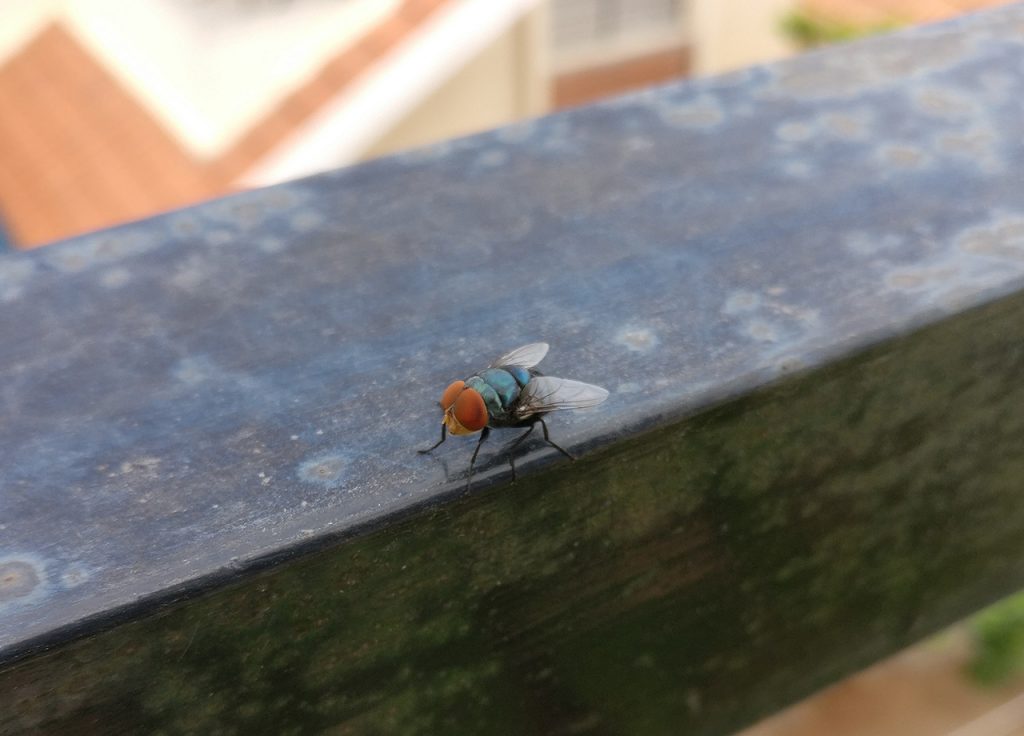 Apart from HDR, there is also a HD mode, the later does a bit of mild processing for a crisp result. The HDR mode is not overpowering but gives you the right accentuation for your images.
Apart from HDR, there is also a HD mode, the later does a bit of mild processing for a crisp result. The HDR mode is not overpowering but gives you the right accentuation for your images.
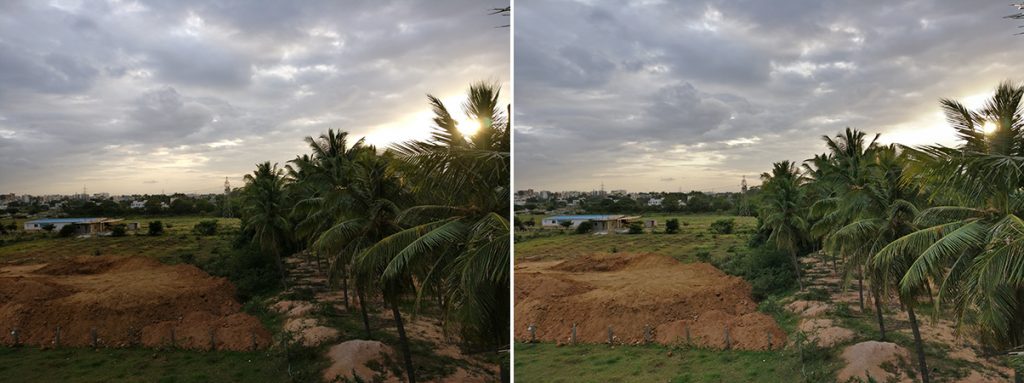 [gallery link="file" columns="5" ids="11407,11406,11403,11405,11401"]
Even the low-light pictures are better, though when it comes to camera, Samsung’s S7 siblings are still the best over there, unmatched. Nevertheless, the photos looked sharp, with good color balance and contrast. You can also save the pics in raw format.
The camera app though is not to my liking, while it is neat my problem is it is too structured and clean. I am a kind of a photographer like millions out there, who would like to reach out to presets easily but here we might have to dig in.
[gallery link="file" columns="5" ids="11407,11406,11403,11405,11401"]
Even the low-light pictures are better, though when it comes to camera, Samsung’s S7 siblings are still the best over there, unmatched. Nevertheless, the photos looked sharp, with good color balance and contrast. You can also save the pics in raw format.
The camera app though is not to my liking, while it is neat my problem is it is too structured and clean. I am a kind of a photographer like millions out there, who would like to reach out to presets easily but here we might have to dig in.
Conclusion
Without beating around the bush, let me put it straight forward, the OnePlus 3 is a smashing phone to own, a flagship experience at an excellent price. What I liked
What I liked
Well, just about almost everything!
- Design
- Build quality
- Dash charging
- Performance
- Camera
 What I did not like
What I did not like
Ermm..
- the camera bump


this is one of the premium phone. its worth buying in this price range. the camera specs is also great. but how is its processors?